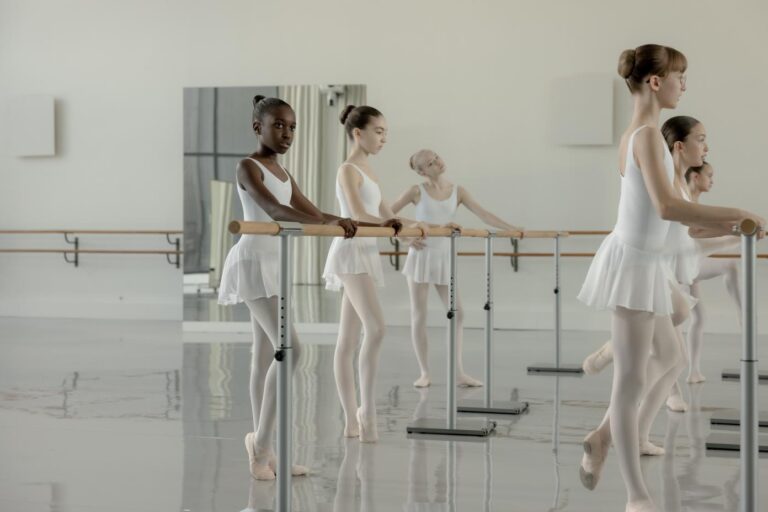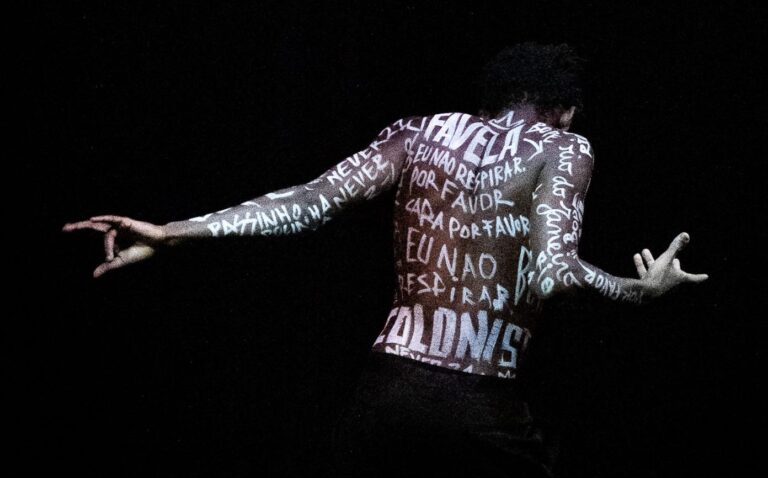
Rodin in the US: Confronting the Modern
Exhibition
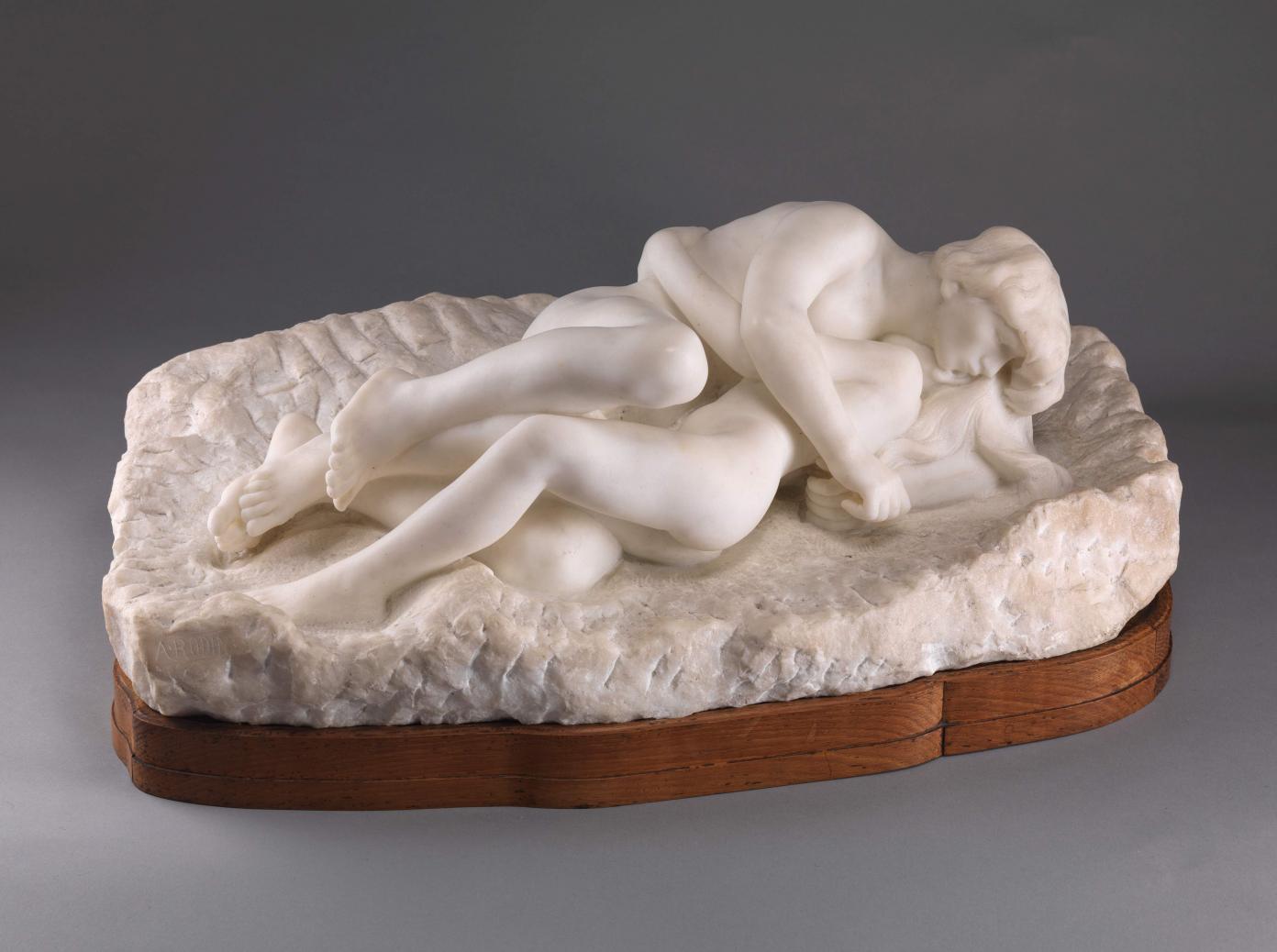
Sculpture en marbre avec un socle en bois, représente Psyché et Cupidon nus qui s'enlacent en etant allongés
The Clark Art Institute
225 South Street
Williamstown , US 01267
June 18, 2022 - September 18, 2022
Through September 18, 2022, the Clark Art Institute presents Rodin in the United States: Confronting the Modern. The exhibition explores the French sculptor’s influence and reputation in the US, from 1893 to the present day, and tells the story of the collectors, critics, art dealers, and art historians who contributed to his international recognition.
Rodin’s unusual artistic background led him to become one of the most innovative and influential sculptors of the late 19th and early 20th century. Although his art was appreciated in Europe relatively early in his career, only at the very end of the 19th century was his work presented and appreciated in the US.
This exhibition explores the evolution of his artwork’s perception overseas, starting from the Metropolitan Museum of Art’s acquisition in 1893 of the Bust of Jean Baptist and the subsequent controversial presentation of three of Rodin’s marble sculptures, which many viewed as too erotic, at the World’s Columbian Exposition in Chicago.
Multiple women––as art collectors, critics, and agents––played a major role in his growing recognition. Art collector Katherine Seney Simpson formed a strong bond with Rodin and assembled in a few years’ time an impressive collection of his works. Famous dancer and choreographer Loïe Fuller, also a close friend of Rodin’s, became his agent in the US, serving as an intermediary between the artist and American art collectors and museums.
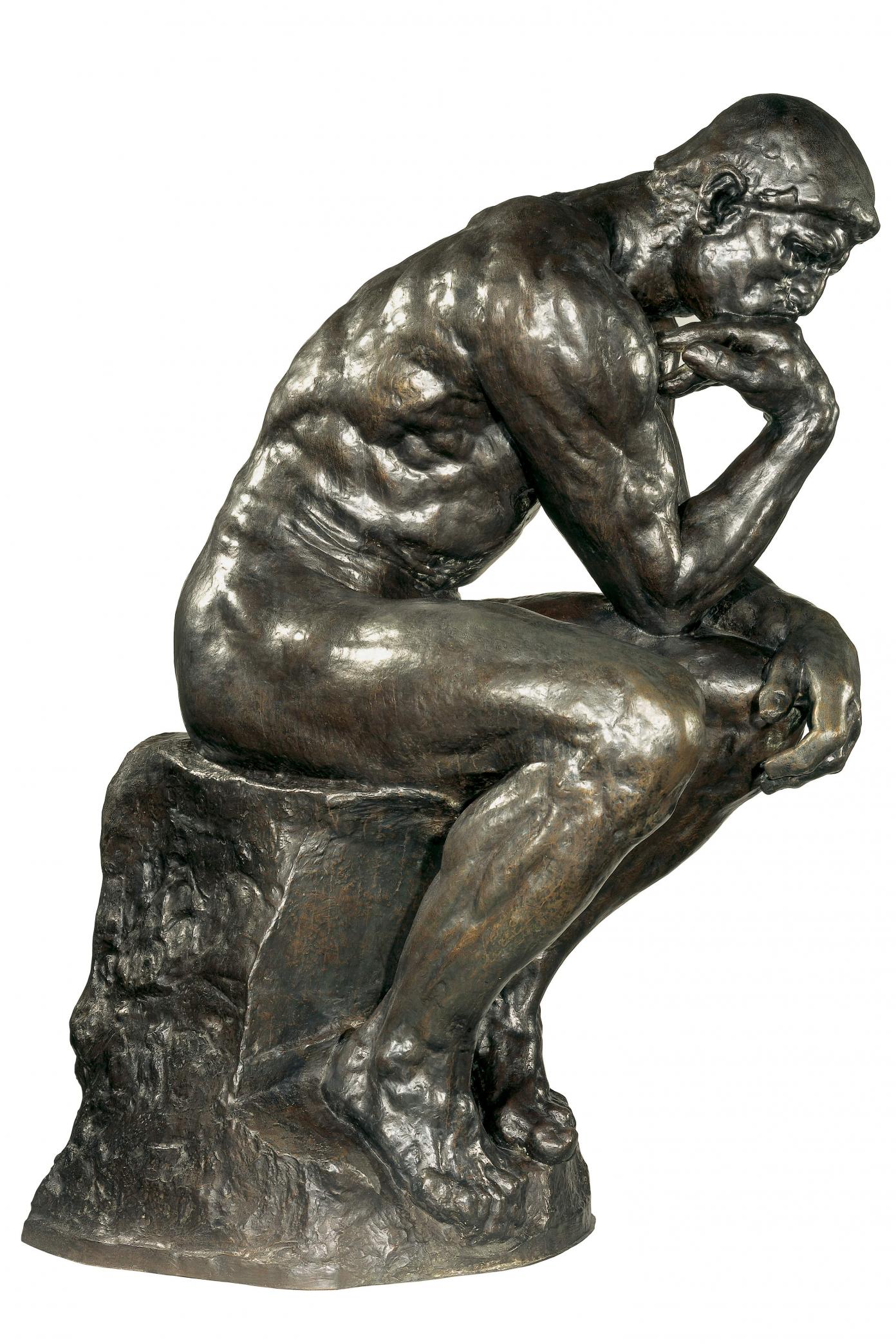
Auguste Rodin (French, 1840–1917), The Thinker, original model 1881–82, enlarged 1903. Bronze, cast by Alexis Rudier, 1928. Baltimore Museum of Art. Jacob Epstein Collection, 1930.25.1
In the early 20th century, many American museums began to build important collections of Rodin’s work. In 1912, the Metropolitan Museum of Art opened a gallery entirely dedicated to the artist––the first gallery dedicated to a living artist at the time. American museums continued to collect Rodin’s work after his death in 1917, thanks to the generosity of art collectors such as Alma de Bretteville Spreckels, who helped create a collection for the Legion of Honor of San Francisco; Samuel Hill, who founded the Maryhill Museum in Goldehale with 18 of Rodin’s artworks; and, Jules Mastbaum, who recreated Paris’ Rodin Museum in Philadelphia.
Although Rodin fell into disgrace in the 1940s, his reputation was reevaluated in 1954 when the Museum of Modern Art acquired his Monument to Balzac, which Alfred Barr, the museum’s director, described as “one of the most important sculptures of all occidental art history.” From that point on, Rodin’s influence in the US was fully established.
Conceived by Antoinette Le Normand-Romain, a specialist of Rodin’s work and former director of the National Institute of Art History in Paris, Rodin in the United States: Confronting the Modern is the most important retrospective dedicated to the artist in the past 40 years. The exhibition brings together approximately 50 sculptures and an exceptional selection of drawings from over 30 museums and American private collections. Rodin’s world-renown masterpieces are presented alongside lesser-known works of art that, together, retrace Rodin’s relationship with the US.
For more information, please visit https://www.clarkart.edu/microsites/rodin.
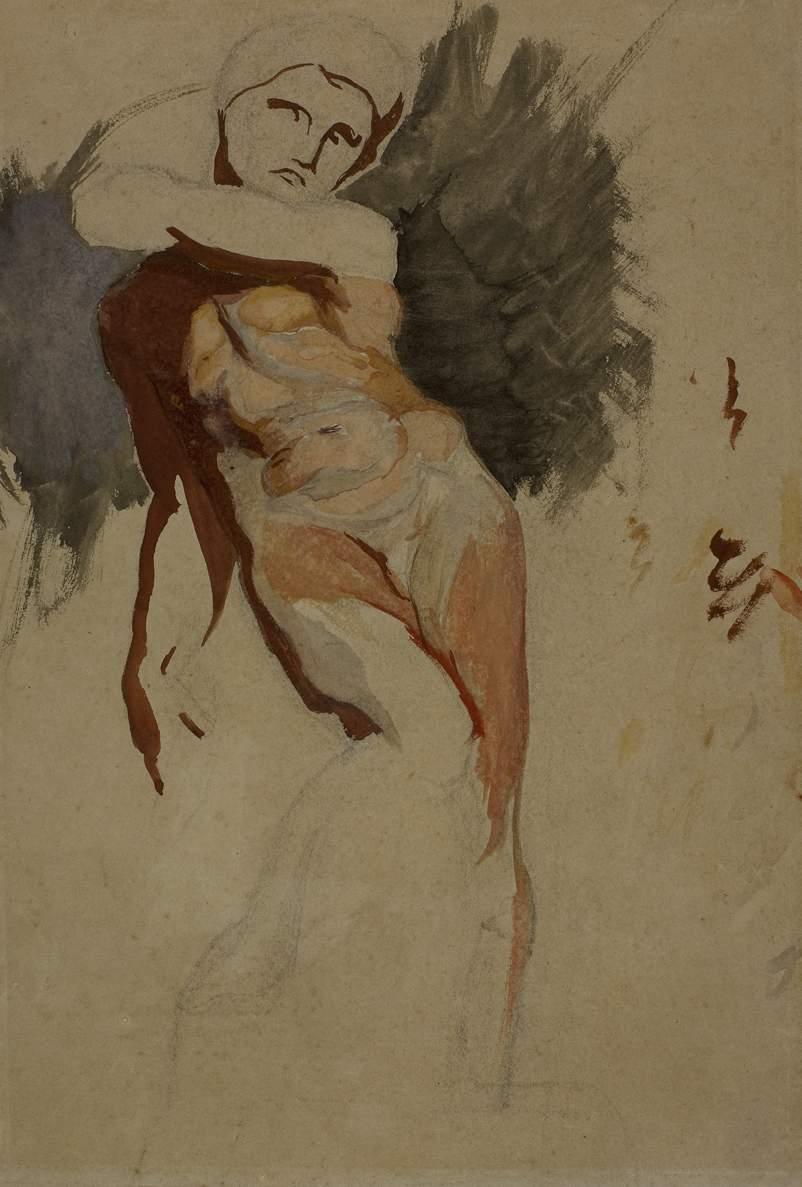
Auguste Rodin (French, 1840–1917), Figure in Pose of Michelangelo’s "Apollo," c. 1876. Charcoal, watercolor, and gouache on wove paper. Maryhill Museum of Art, Goldendale, WA. Bequest of Samuel Hill, 1938.01.0094


